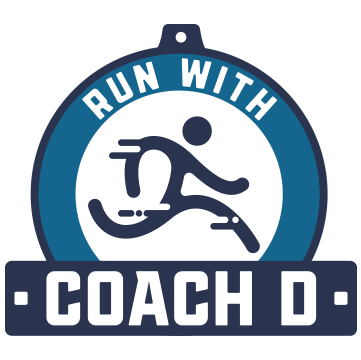The Perfect Pair…How to Find the Right Running Shoes
Running; the sport that technically requires no equipment (if you’re into the naked running scene). But if your not, you’ll probably start with finding the right running shoes to keep your feet feeling good mile after mile. Finding the right pair can be intimidating, even if you’ve bought your fair share in the past. One of your best options is to ask a running specialist at a local running store. But if you’re up for learning a little more about your shoes, you can be your own running shoe expert.
Check out these 5 tips for getting your fit right:
1. How do you run?
Are you a heel striker? Mid-foot? Fore-foot? Figure out how you run by getting a gait analysis at your local running store. If you’re tech savvy, run on a treadmill and set up your phone camera for a profile view of your foot strike. Once you figure our how you run, you can move on to…
Finding the right tool for the job
Before you window shop, figure out what type of running or racing you plan on doing. If you’re a marathoner, a higher cushion shoe would be great for those longer training runs. If you’re a trailer runner or dabble in ultras, you may want a specific trail shoe to protect your ankles and feet from the rugged terrain. Keep the demands of your training in mind and pick the best shoe to meet those demands before just buying the best looking or lightest shoe
2. Know the lingo
Don’t fret over every detail or flashy new technology shoe in your shoes, keep the main thing the main thing: Stack height, Heel-Toe-Drop, Pronation Control (Racing, Neutral, Stability), Toe Box
Stack Height: This is the height of the cushion that makes up the bottom of your shoe. Typically, the higher the cushion of your shoe the greater the shock absorption. Some like it soft, some like it hard, and some need that Goldylocks middle ground. Try out higher or lower heights to find what you like, just make sure it fits what your running goals are; if you’re a trail runner you’d probably not want a really fluffy shoe that takes away your feel for the ground.
Heel Toe Drop: This is the difference in height between a shoes heel and forefoot. This can make a difference in how you land in your stride. Heel strikes usually have a bigger Drop (8-12 mm) while mid foot and forefoot strikers have lower (0-6mm).
Pronation Control: This determines how naturally a show will move to your foots shape and mechanics. There are two types: Neutral and Stability shoes. Neutral shoes are more curved and mimic your foots natural mechanics. Stability shoes tend to be a little straighter and provide arch support to protect your foot from excessively rolling inward (or over pronating) when you run. Which one works best for you depends on your mechanics. A gait analysis by a running shoe expert or video of yourself from behind on a treadmill can help you see how much you over pronate. Check this link out for how to do this.
3. Finding the Right Fit
Your shoe should feel great the min you put them on. To find your match, consider a few things before trying them on.
Try them on at the end of the day when your foot’s at it’s biggest and widest
You should have a thumbs width between your toes and the front of the shoe.
Your foot should be centered on the platform and insole of your shoe; no pinching or sloshing around
Find the right width for you. Some like more room when they land or splay their toes on impact, some like a little tighter. Play around with a wider narrower shoes. The standard width for men’s shoes is a D and women’s a B.
4. The Test Drive
You wouldn’t take a car off the lot without a test drive, same should go for your running shoes. Most running stores have a treadmill or will let you take it outside for a lap or two around the store. If it feels good, it’s probably the shoe for you!

